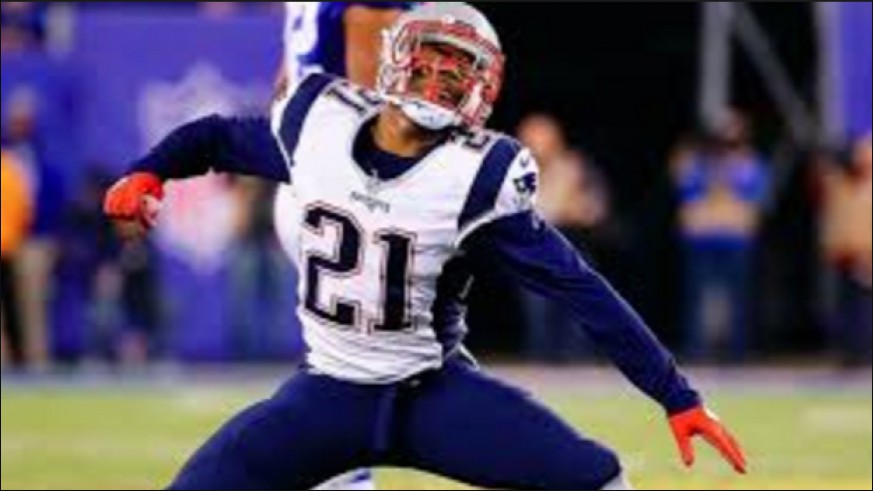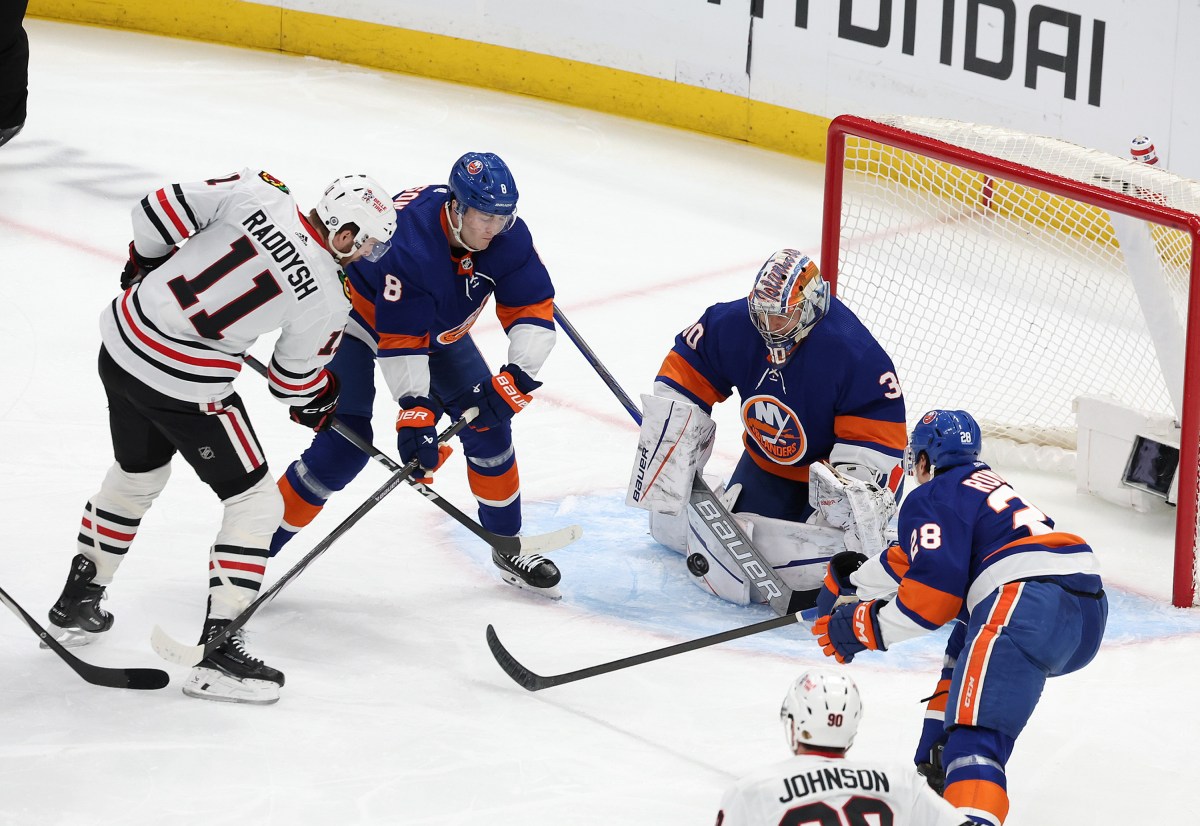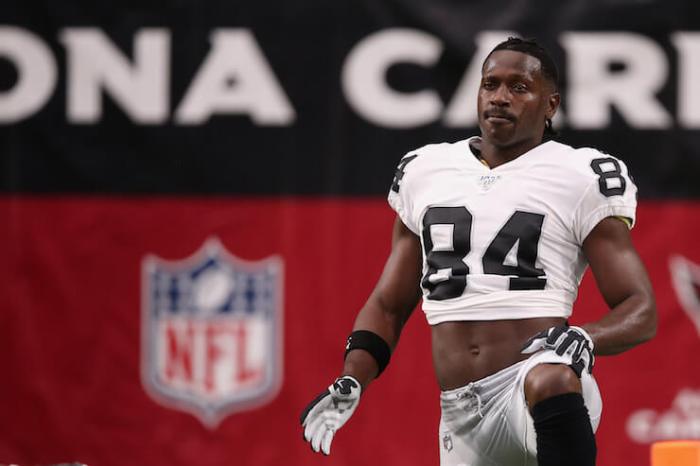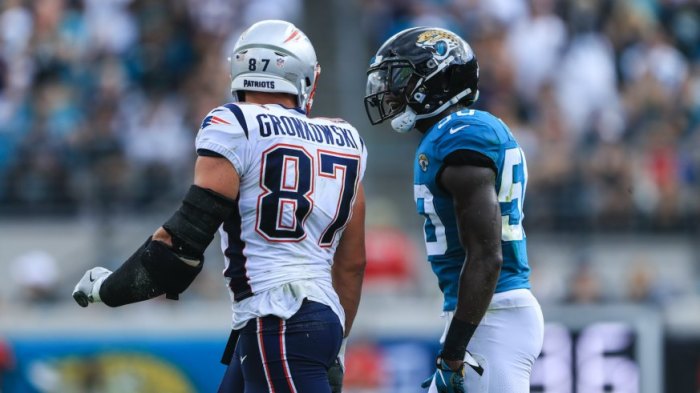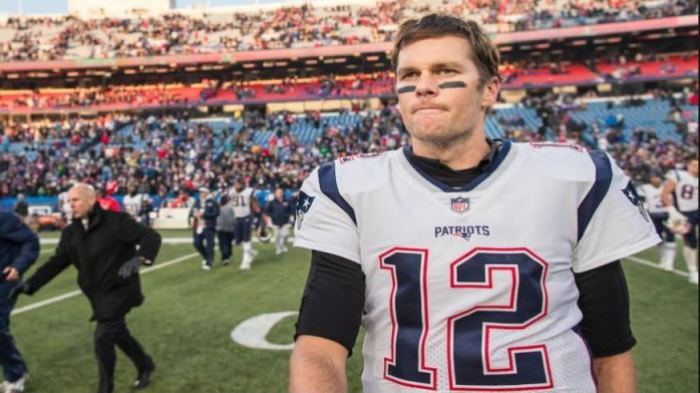We’re now a quarter of the way through the season, which means we can at least begin to get an understanding of a team’s strengths and weaknesses.
For the Patriots, those strengths and weaknesses have been fairly consistent.
Tom Brady: strength
Patriots defense: weakness
Through four games, the defense has allowed 1,827 yards. Only six teams have allowed more yards in NFL history, according to the Providence Journal. The Patriots are allowing 60 more yards per game this season than the 31st-ranked Colts.
And it’s not a bend-but-don’t-break style of defense either, because the points are following the yards: 44 to the Chiefs, 26 to the Texans, and now 33 to the Panthers – the same Panthers team that scored just nine points against the Bills and 13 against the Saints.
So what gives? The key word being used after games is “communication”, as it appears the secondary has been out of sync. Patriots big offseason acquisition Stephon Gilmore has had his fair share of issues to begin his Pats career, and they continued on Sunday.
Cam Newton found success when targeting Gilmore, Eric Rowe (before he left due to injury), and Pat Chung. Newton completed 10 of 11 passes for 181 yards and two touchdowns on them, according to Pro Football Focus. Gilmore gave up two of those receptions for 71 yards and a touchdown. He also committed a costly third-down penalty late in the fourth quarter that extended the Panther’s eventual game-winning drive.
Patriots defenders seemed to have lost Panthers receivers at times as 6-foot-5 Kelvin Benjamin and 6-foot-4 somehow went unnoticed. Newton certainly isn’t the most accurate passer around, but with his receivers being open as much as they were, he didn’t need to be.
According to NFL.com, the league average separation between a receiver and the closest defender at the time the ball is caught or incomplete is 2.68 yards. Benjamin had 4.73 yards of separation on four targets (four receptions) and Funchess had 3.23 yards on nine targets (seven receptions) – and those yards feel low. You could easily see the pre-snap confusion on the Patriots’ end before Funchess’ first of two touchdowns on the day, a wide open catch in the end zone. There are other examples, too.
And the Patriots defense did next to nothing to get themselves off the field, as they allowed the Panthers to go 6-for-9 on third down, including 6-for-7 from the second quarter on.
The Panthers took a 17-13 lead on a touchdown drive that saw them convert a 3rd-and-8 for 13 yards and a 3rd-and-9 for 43 yards, the latter to a wide open Benjamin.
They extended their lead to 23-16 in the third quarter after moving the chains on three separate third downs, two on Newton runs and one on a Gilmore illegal use of hands penalty.
And in the fourth quarter, they converted third downs on two scoring drives, including the Panthers’ game-winning field goal drive in which Gilmore was hit with another penalty on 3rd down which negated an 11-yard sack and moved the chains, and a 3rd-and-3 in which Newton hit Funchess for five-yards with just over a minute remaining, setting the stage for the win.
With a Thursday game on tap in Tampa Bay, the Patriots defense needs to put this embarrassing performance behind them and get on the same page fast.

